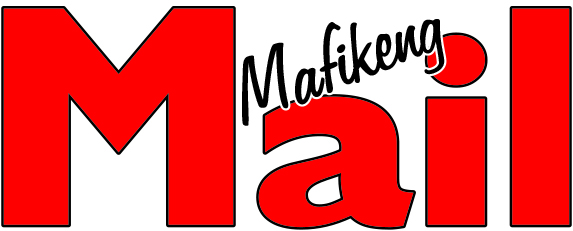BRITS POS – BRITS - South Africa’s financial health is at a breaking point, with the current debt load being unsustainable even if the National Treasury manages to stabilise it at 77% of GDP. More concerningly, with the debt load at this level, the government can no longer borrow more to finance its expenditure. If it wants to spend more, it will have to raise taxes.
The government will have to spend more, eventually, to boost economic growth to levels where unemployment can be addressed sufficiently.
It is crucial that this increased spending comes off a sound fiscal base, with a stable debt load, and not in an environment where debt is rising uncontrollably.
This is feedback from Investec’s economics unit in its preview for the Medium-Term Budget Policy Statement (MTBPS) on Wednesday, 10 November.
Investec chief economist Annabel Bishop explained that Finance Minister Enoch Godongwana’s task is made much more difficult by the historic failure of South Africa’s government to stabilise its debt.
The government has repeatedly forecast a stabilisation in the debt load since 2009, which it has failed to achieve, resulting in its debt growing to unsustainable levels.
As a result, there are always questions about whether this time the National Treasury will be able to impose the limits on spending growth needed to stabilise the debt as a share of GDP.
“We have had many years of fiscal slippage. The National Treasury has repeatedly put out a certain set of projections for South Africa’s debt-to-GDP ratios, and they have not been met and have been revised higher,” Bishop said.
“This has provided an issue where there are expectations of continued fiscal slippage, with most questions surrounding differences in GDP growth forecasts.”
However, even if the government does manage to stabilise its debt burden in the current financial year, it will still be at unsustainable levels.
“Overall, at 77% of GDP, South Africa’s debt ratio is still not a sustainable ratio for an emerging market, that is broadly seen as being 60% or less,” Bishop said.
This debt ratio is even higher when the government guarantees the debt of public companies and municipalities. That debt, in time, is likely to be taken onto the government’s balance sheet, putting it in a worse financial position.
South Africa’s 15 years of fiscal slippage can be seen in the graph below, courtesy of Bishop and Investec.









